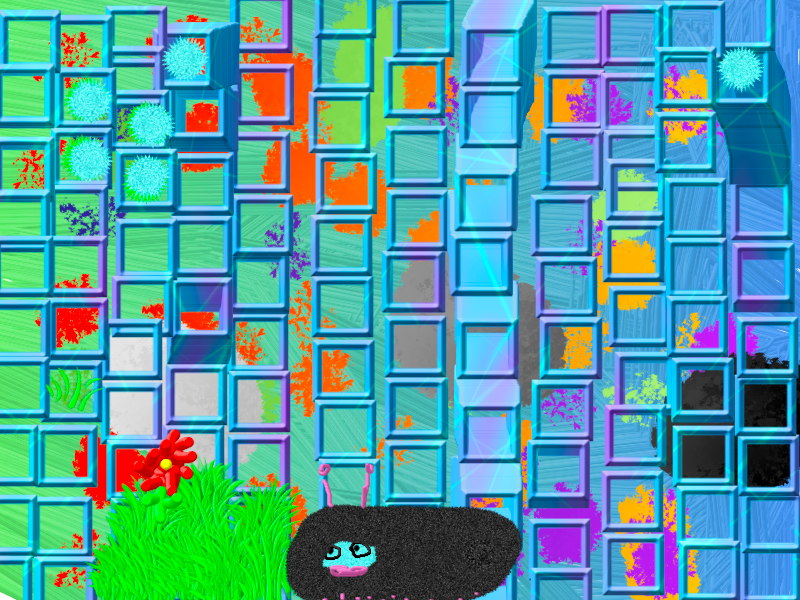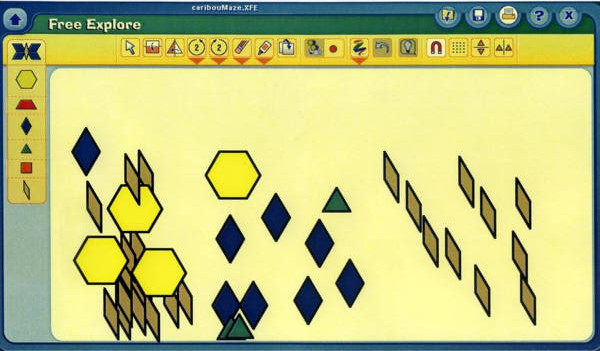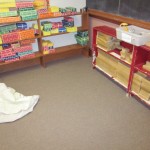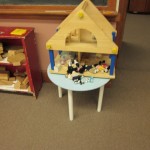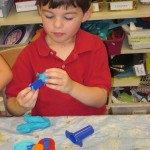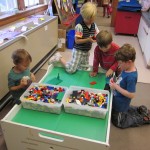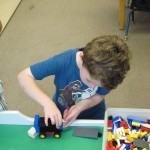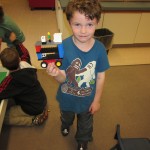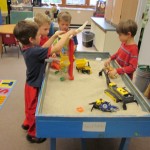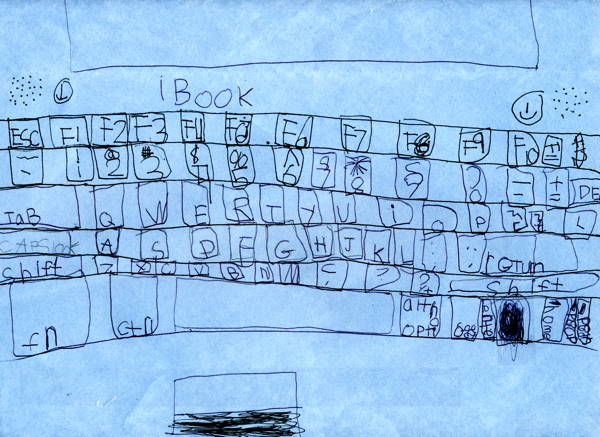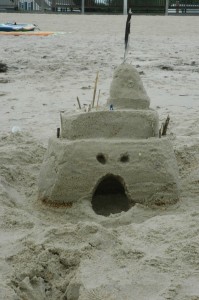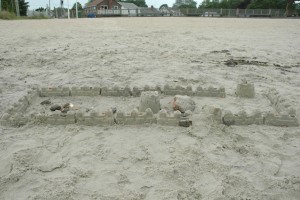My 5 year old son Aidan just learned to ride a bike.
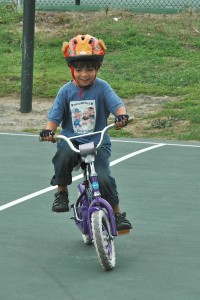
We noticed that there were 5 or so dimensions to learning to ride a bike: steering, balance, braking, pedaling, and staying balanced when bragging to strangers on how great you were doing. We also noticed that it is difficult to attend to all 5 when first learning because none of them are automatic. I have observed the exact same thing with learning to dance and dog agility.
It got me thinking about my own teaching and observing the teaching of others. How many times have teachers asked you to attend to many different things at once? It does seem better, if you can, to work more sequentially through different aspects of a new skill. This is possible even in biking through the use of a balance bike or just coasting down a hill without pedaling, which works on balance. That’s why I also recommend, in my robotics courses to teachers, that you don’t have to have students, especially young students, do all the tasks in a WeDo lesson, for example. You can choose to focus on building, programming, or the experiment parts of the Lego WeDo curriculum.

